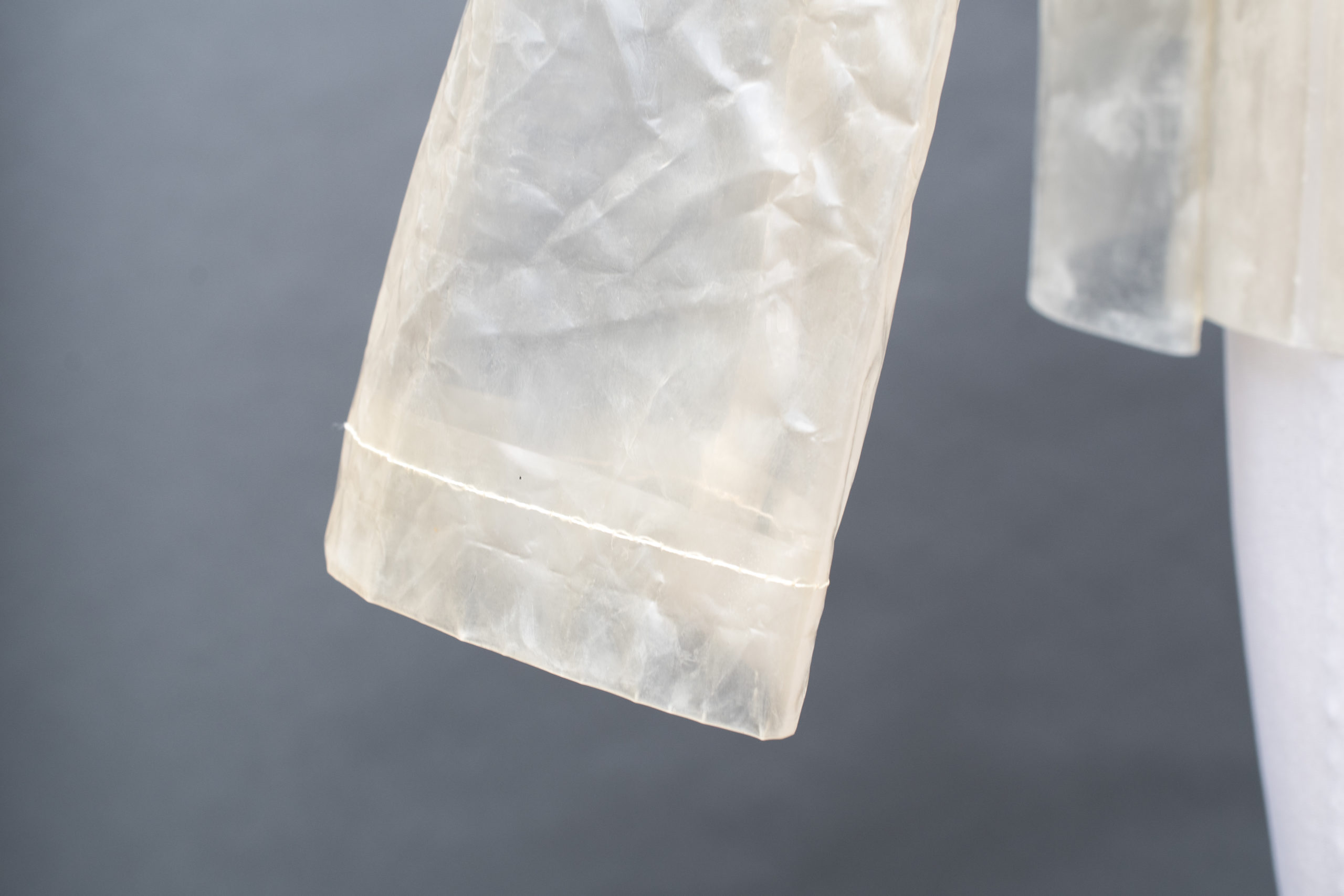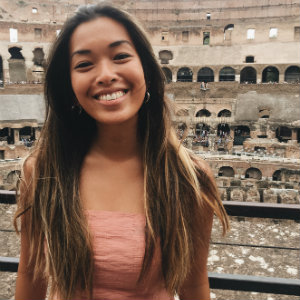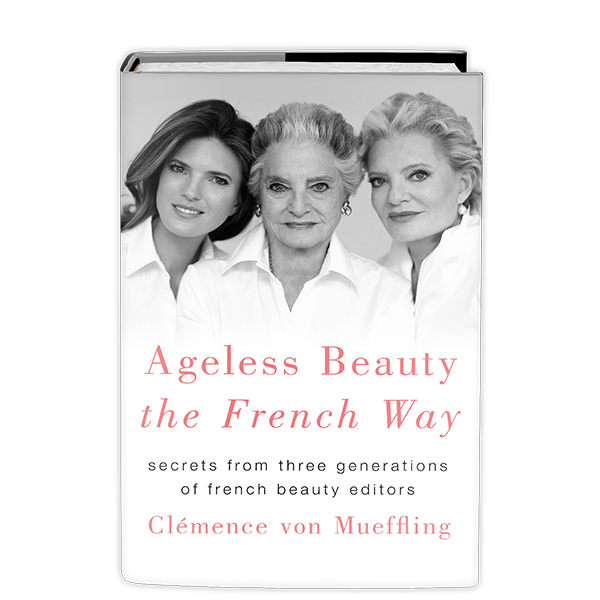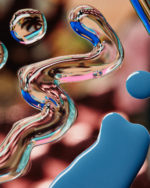Small Sustainable Solutions with Charlotte McCurdy Rethinking Climate Change
An interdisciplinary designer and researcher reimagines solutions to climate change. The result is très chic.
Sustainability: avoidance of the depletion of natural resources in order to maintain an ecological balance. Existential threats like climate change seem all the more daunting when it feels like there is nothing we can do about them. Charlotte McCurdy isn’t having that.
An interdisciplinary designer and researcher based in New York, McCurdy believes that big problems call for small solutions! Using algae to manufacture a plastic-like fabric, McCurdy designed an entirely carbon-negative, water-resistant raincoat. This project was ultimately named, “After Ancient Sunlight.” You may have heard of it at The Cooper Hewitt Design Triennial, or as the Experimental category winner from Fast Company’s Innovation by Design awards in 2019.
McCurdy’s design offers a much more meaningful perspective on what sustainability looks like. “After Ancient Sunlight” challenges us to think beyond counteracting our carbon footprint after the fact. Rather, what would sustainability look like if the problem became the solution?

YOUR WORK
Your most memorable project?
In college, I was part of an experimental performance collective called The Control Group. I was surrounded by some of the more intensely creative, hardworking and deep-thinking people I have ever had the privilege of collaborating with. I learned so much about how I thrive creatively in that community and sandbox.
Who do you look up to in your field?
Part of what was so overwhelming about being invited to show my work in the Cooper Hewitt Design Triennial was that I was exhibiting alongside so many of my heroines. There was a definitely feeling of “this can’t be right.” I am not often starstruck, but at that opening I was a complete wallflower. Suzanne Lee and Neri Oxman were part of why I went into design and Natsai Chieza and Alexandra Daisy Ginsberg are guiding stars whom I look up to as I build my practice – and there they were. I’ve been so lucky to get to meet and learn from so many women who have loomed larger than life for me.
Your latest “aha” moment?
My latest “aha!” moment was probably over something really wonky involving capillary action. Part of what I love about working on climate change as a designer is that it is so intrinsically interdisciplinary. I get to immerse myself in history, geology, politics, biology, craft, economics, and material science in turn. Recently, I was looking into how aerogels are made and it helped me understand in a new way a challenge I face in making my algae plastic.
The best piece of advice you have ever received?
The best piece of advice I got while at RISD came from the generous and brilliant public artist, Janet Zweig, who is currently the Artist in Residence for the New York City Mayor’s Office of Sustainability. In essence, she said that when she was starting out, she won one out of 12 things that she pitched. And now that she has made it, she wins about one out of eight things. That floored me. I had always heard that pursuing a creative career was full of “rejection” but this was an entirely different framing that made it more possible to imagine pursuing a creative path.

YOUR PHILOSOPHY
Why did you choose fashion as your medium of fighting climate change?
I chose fashion because of the precedent of solar panels, smart phones and electric vehicle batteries. Pretty much the first question I get asked about the algae raincoat is “but what does it cost?” This question forgets that price is dynamic. Every new technology costs more initially, even if it is just because it has not reached the economies of scale of the incumbent technology, add to that breakthroughs in the research and development process and prices can drop to beat incumbent technology.
Solar has become cost-competitive, three billion people have smartphones, and batteries are poised to be the cheapest way to meet peak energy demand within the next five years. But all of these technologies started in the high end of the market where customers were able to spend more because they believed what the technology represented.
Spending a premium on something that communicates the kind of person you want to be in the world is the core domain of fashion.
I could have made packaging or bubble wrap out of my plastic, but by making garments, I am inviting people to imagine themselves in a future that fights climate change. It is much more personal to think about the materials we put against our skin. And spending a premium on something that communicates the kind of person you want to be in the world is the core domain of fashion. People will need to buy better materials because they believe in them first if we are to build a path to a system where they are buying better materials without even realizing it because they are just the best option.


Which came to you first — science or design?
Chronologically, I would have to say science came first. I don’t think I understood what design was or what it could be until I was in my 20s.
Where do you find inspiration?
I am not so much inspired as I am obliged. I’ve always had a need to be solving creative problems and making things with my hands if I wanted to stay balanced. I love pushing at the edges, rules and assumptions of a problem and asking “why?”
How do you stay motivated?
To be completely honest, I do get lost in despair sometimes. It can be very draining and dispiriting to work on existential threats, especially when they are man-made and avoidable. What helps me is focusing on the work—and there is so much work to do. I step out of the mentality that climate change is something to be “prevented” and into the mindset that it is something already happening. This might be counter-intuitive because it sounds bleak on its face. But from this mindset, it is clear that any progress we make now is worthwhile because it will be preventing human suffering that would have occurred otherwise. This is the foundation of my optimism: that there are things we can do right now to help each other. This means that there is work that is worth doing every day.

YOUR CITY
Favorite café…
I pretty much exclusively make my own coffee at home and I only have one cup a day. If I am meeting someone for coffee, I will propose Milk Bar, Stonefruit, Sisters or The Marlton Hotel, depending on the neighborhood we are aiming for. I will not get coffee but I will get a chocolate chip cookie.
Go-to lunch spot…
I prefer to always be trying something new. Maybe this is a quirk of having grown up in New York City and then returning to it as an adult. You could never eat at the same place twice and still never get to everything. But, if I am taking a lunch meeting near the New Museum and I want something reliable, I will inevitably suggest meeting at Jack’s Wife Freda, even though it is too loud to be properly good for meetings. It has great vegetarian options and a boisterous vibe that lends itself to getting into interesting conversations.
A night out on the town…
My perfect night out is a slightly overfull potlatch dinner party at a friend’s house. This is also my perfect night in; I love hosting.
What you love most…
My dog Odin has my heart wrapped around his paw. He is an epileptic, 60-pound, hound rescue who is about as affectionate as a cat and is afraid of strangers, but he brings me so much joy.

YOUR FEMININITY
Who is the woman you most admire?
I think many of my choices have been shaped by my grandmother’s legacy. She fought to get a degree in math. Shortly after graduating from college, she got a job offer as a mathematician that she turned down because it seemed “too applied.” She later found out that job offer was for the Manhattan Project. She went on to become a mother, raise a family, and give up math all together. I admire her for her perseverance, her instinct, and for what she gave up. Her story reminds me of how complicated it can be to find one’s way as a woman in this world.
If you could go back in time, what would you say to your younger self?
Get more sleep.
What does it mean to you to be an empowered woman today?
I am lucky to get so much support from my loved ones. “Empowered” to me implies a positive right. Instead, I feel free from expectation. I am not “empowered” to do something in particular, I am free to chart my own path and write an entirely new script for the role I want to play in the world.
Where do you see yourself and women across the world 10 years from now?
I am interested to see what will come of this moment where the coronavirus pandemic and rising nationalism around the world are intersecting. It seems likely that there will be even more division and differentiation. Inherently, this may increase the possibility of generalizing about women will get even more difficult than it is now. Women have simultaneously been in the frontlines in the fight against Sars-CoV-2. Moreover, they are much more likely to lose their jobs in the accompanying shutdown. The generational divides between women are likely to continue to open up more and more, as total fertility rates continues to drop globally in the face of an uncertain future. The lived experience of women lacks precedent. I hope women continue to play more leading roles in business and politics.
Feature Image Credit: George Chinsee/WWD
In-text Images: Charlotte McCurdy

Originally from Los Angeles, Alicia lived in Shanghai for 11 years before moving back to the states to attend the University of Miami, where she graduated with a bachelor’s degree in public relations and minors in art and philosophy. Currently residing in New York City, Alicia applies her knowledge of strategic communication and design in her career. She enjoys painting, rugby, exploring, and more often than not, you’ll find her petting someone’s dog.







